Trout are the darlings of the fly fishing world. Just about everyone that picks up a fly rod wants to net a big one.
The issue is that for many new fly anglers, they're incredibly hard to catch. Lucky for you, you've got this handy guide to get you on the right track.
So, even if you've never stepped into a trout stream, I've got you covered today. Let's get you all set up to pull in some of those spotted beauties next time you hit the water.
What do I Need to Start Fly Fishing for Trout?
Just about every fly angler I talk to wants to reel in a trout. Most folks think that getting kitted up to catch one will require you to take out a second mortgage. Luckily, that's not true anymore. You can find plenty of great gear to fly fish with that won't break the bank.
If you'd like to get started, there is an initial investment of equipment and supplies that you'll need before heading out to the water. To successfully tackle trout from shore or boat, consider the following essentials:
- A rod and reel specifically designed for fly fishing for trout. Different types of rods accommodate fly and line weights in different amounts, so it pays to do your research beforehand. Be sure to make your selection based on the specific size of trout you are looking to target. A good place to start would be a 5 or 6 weight rod and reel.
- A select set of quality flies made specifically for trout fishing will ensure success with each cast. Trout eat everything from tiny nymphs you need a magnifying glass to see all the way to big flashy streamers. Having a fly box filled with different options will make it way easier for you on the water.
- Waders may be necessary depending on where you plan on doing most of your fly fishing for trout (streams, rivers, ponds). Waders help keep anglers warm while keeping their feet dry during their session – they also provide protection against rocks or other hazards beneath the surface of the waterbed!
- Split Shot - Split shot are little weights you add to your leader and tippet to get your flies down where the fish are eating. If fish aren't actively eating on the surface, there's a good chance they're hanging low waiting for a tasty treat.
In addition to these basics, consider investing in polarized sunglasses. Being able to see fish hiding under water will significantly improve your chances of catching more fish.
4 Easy-to-Fix Mistakes Beginner Fly Anglers Make While Trout Fly Fishing
For anyone excited to fly fish for trout, there are a few mistakes that beginners make that can be easily avoided with the right knowledge. Knowing these things will help an angler get the most out of their time spent on the water. To aid in this pursuit, here are four common mistakes beginner fly anglers make while trout fishing and how to fix them:
- Not Fishing Close To The Bottom - Trout like to feed near the bottom of streams, lakes, and rivers so it is important to cast your line close enough to attract them without compromising the natural habitat they live in. That means using split shot to pull your flies down to the bottom where the hungry fish are waiting for a quick snack.
- Not Setting the Hook Quickly - When a strike does happen and your rod bends from the pressure of a bite, don't wait to set the hook. Anytime your fly or indicator does something weird, set that hook! Just remember, it's free to set a hook. If there's not a fish on the line, just use the set to cast back into the water again.
- Over-Playing Fish - Finally, over-playing fish is something all beginner anglers must watch out for as it can quickly tire out a hooked rainbow or brown before it is brought in if done correctly. Properly gauging when and how much line should be released as well as knowing when to stop playing offers anglers a better chance at reeling in their catch without much struggle or stress on its part.
- Unclear Fly Presentation - Lastly, not focusing on proper presentation of your fly is a surefire way of spooking a ton of fish. Aim to have your fly land with the least amount of splash possible, mend your fly line when you get drag, and toss your fly upstream of the fish so that your fly sinks down to where the fish are waiting.
By avoiding these common mistakes beginner fly anglers make while trout fishing, you'll have a better chance of catching more fish during every outing. Keep practicing and it will get easier every time.

